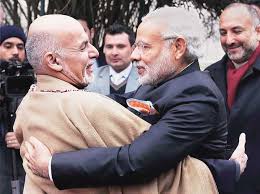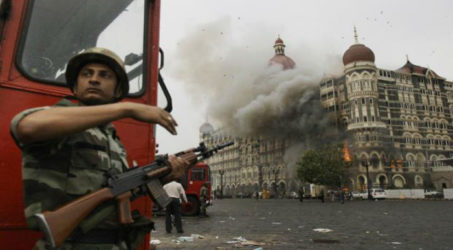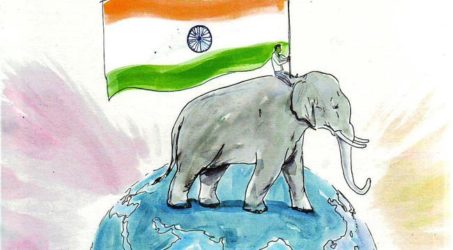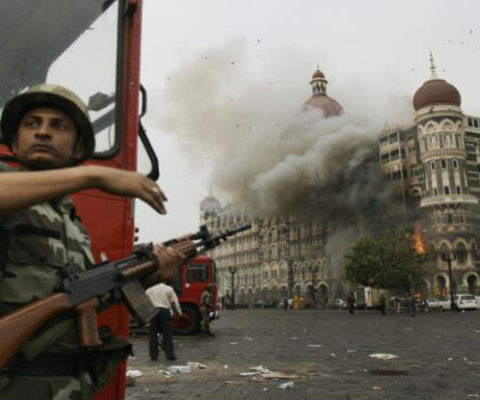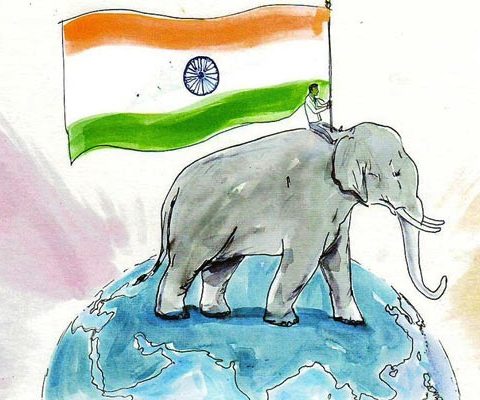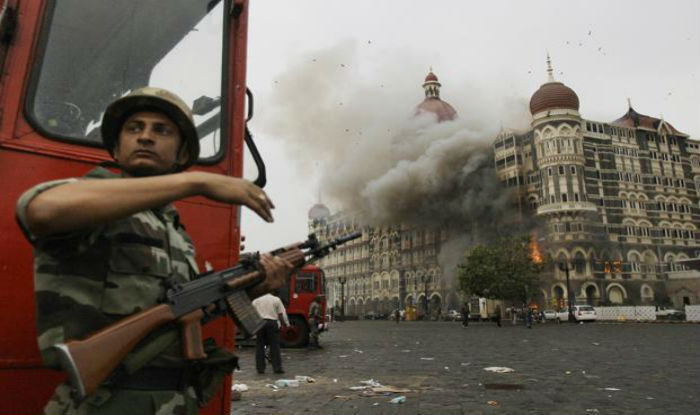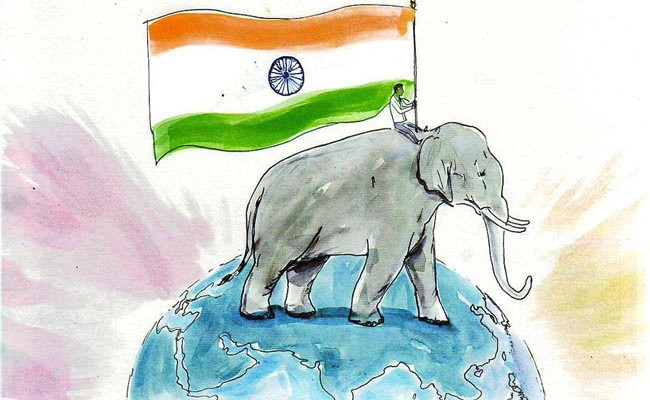Afghanistan’s Growing Unrest: Implications for India’s Security
U.S. President Barack Obama’s decision to halt the further withdrawal of U.S. troops from Afghanistan and instead send additional advisers to assist the deployed forces underscores the deteriorating security situation. His decision comes after high casualties among the Afghanistan National Security Forces in combat operations, coupled with the resurgence of Taliban and a fast evolving threat environment in the region. Afghanistan is a place where postwar engagement will prove to be a more crucial battleground than the war itself. India cannot be a spectator as chaos ensues in Afghanistan, for it will not be safe from the spillover. Hence, it is imperative for Indian to assist Afghanistan in building sound political structures, a strong military and economy, along with human resources. It cannot afford to let Afghanistan slide back to the days of Taliban rule after 15 years of Western intervention. Against this backdrop, India’s push for Afghanistan to be included in the South Asian Association for Regional Cooperation (SAARC), in 2005, was a smart move, given close links between peace in Afghanistan and regional security. India’s apprehensions about Afghanistan’s instability are primarily driven by its own pragmatic security concern. On March 2, 2016, the Indian consulate in the city of Jalalabad in Afghanistan was attacked, leaving nine dead and many more injured in the fourth attack on the Indian consulate in the city. Earlier this year, the Indian mission in MazareSharif saw a 25hour long shootout between the terrorists and the security forces. An unstable backyard is not only pernicious to India’s larger strategic interests abroad and future goals but can also impact its internal security. After the withdrawal of Soviet forces from Afghanistan in 1989, jihadists moved to new conflict zones, including Kashmir. Following 9/11, Pakistani militant groups moved to Afghanistan to fight against the Western coalition; after the withdrawal of ISAF forces from Afghanistan, it is highly likely that they could focus their attention back on Kashmir. Groups like JaisheMohammad (JeM), Harkat ul Mujahideen (HUM), and LashkareTaiba (LeT) might increase their activities in Indian Kashmir, which saw a steady decline in crossborder terrorism over the past decade. This is further intensified by the spike in the number of young Kashmiris joining militant groups over the past year. Burhan Muzaffar Wani’s route to militancy is a case in point. The 21 year old commander of the Hizbul Mujahideen (HM), described by the locals as the “Robin Hood of Kashmir,” is among the new generation of Kashmiri militants. The emergence of the Islamic State terrorist group’s local franchise, ISKhurasan, and alQaeda’s South Asian affiliate, AQIS, has further complicated the regional threat environment. Presently, the two militant rivals are currently locked in a furious competition for influence among the local jihadist groups and monopoly over the illegal drug trade. In Dabiq, Islamic States’ flagship monthly magazine, the group has clearly mentioned its intention of expanding its presence in Khurasan, which includes India, though the presence of traditional groups like the Taliban and geopolitical conflicts in the AfPak region and Kashmir lessen Islamic States’ traction. Similarly, though AQIS has not carried out any significant terrorist attack since its creation in September 2014, it has been reported to be building deep terror networks in South Asia. Securing India’s Strategic Interests If history is anything to go by, Afghanistan has served as springboard not only for alQaeda and the Taliban but also for Kashmirfocused terrorist groups. The reemergence of alQaeda’s camp and the presence of Kashmiri militant groups in Afghanistan could be detrimental to Indian regional security and economic interests. During the 1990s, alQaeda and the Kashmiri militants worked handinglove with each other in Afghanistan. The hijacking and diverting of an Indian plane by HUM in 1999 to Kandahar, then under the Taliban rule, secured the release of Maulana Masood Azhar, who later founded JeM. In order to mitigate the threat from an unstable backyard, India has employed a “softpower” approach in Afghanistan. Its aid, estimated at $1.5 billion, and development projects are an attempt to strengthen a warravaged young democracy, thereby attempting to reduce the vacuum which may allow the Taliban and other groups to emerge. Another aspect of India’s interest in Afghanistan relates to its need to reduce Pakistani influence in the region. India should contain and balance Pakistan’s influence, which may otherwise hamper Indian interests. Afghanistan has been the battleground for an IndiaPakistan proxy war since 2001. New Delhi needs Kabul to get a better view of Islamabad and hence it is pertinent that it fosters positive relations. This relationship can only blossom if Afghanistan is stable and strong. The threat, however, is not just to Indian embassies and consulates but also to New Delhi’s economic interests in the country. In 2011, a consortium of six Indian companies was awarded mining rights in the Hajigak area. However, after a debate over reducing their initial plan of investing $11 billion to $1 billion, the consortium eventually decided to pull out. The increasing flux in the region was one of the contributing factors behind this significant decision. The mounting fears in the country are not only an impediment to Indian companies’ ability to tap …

